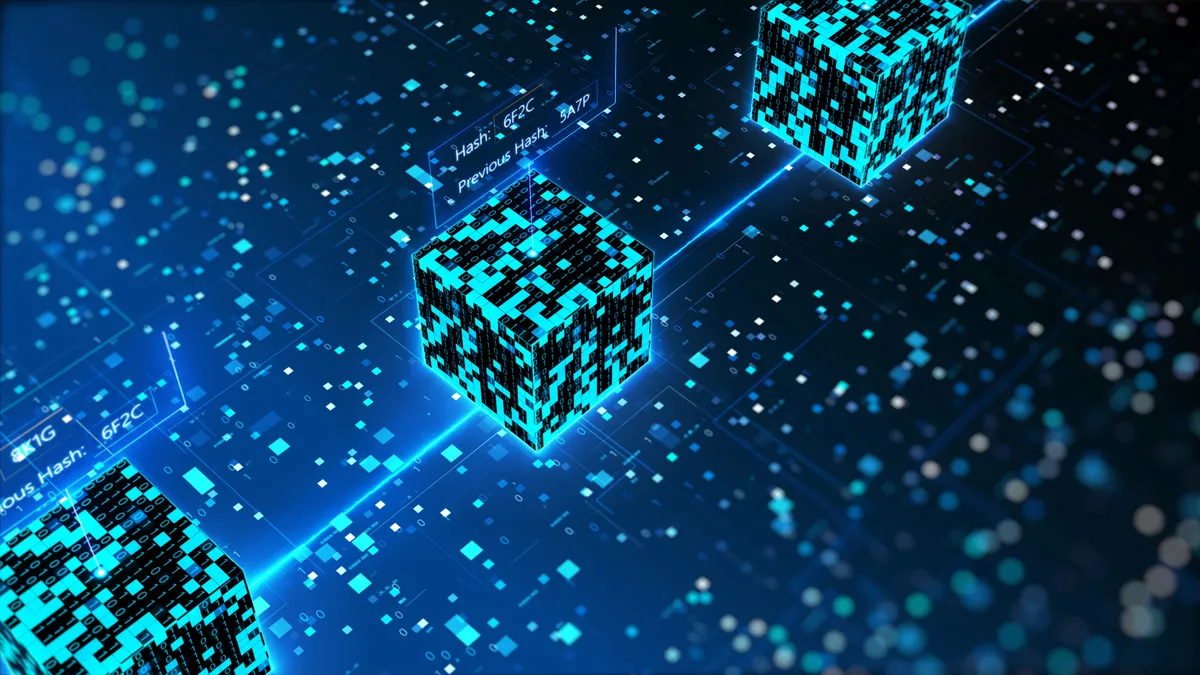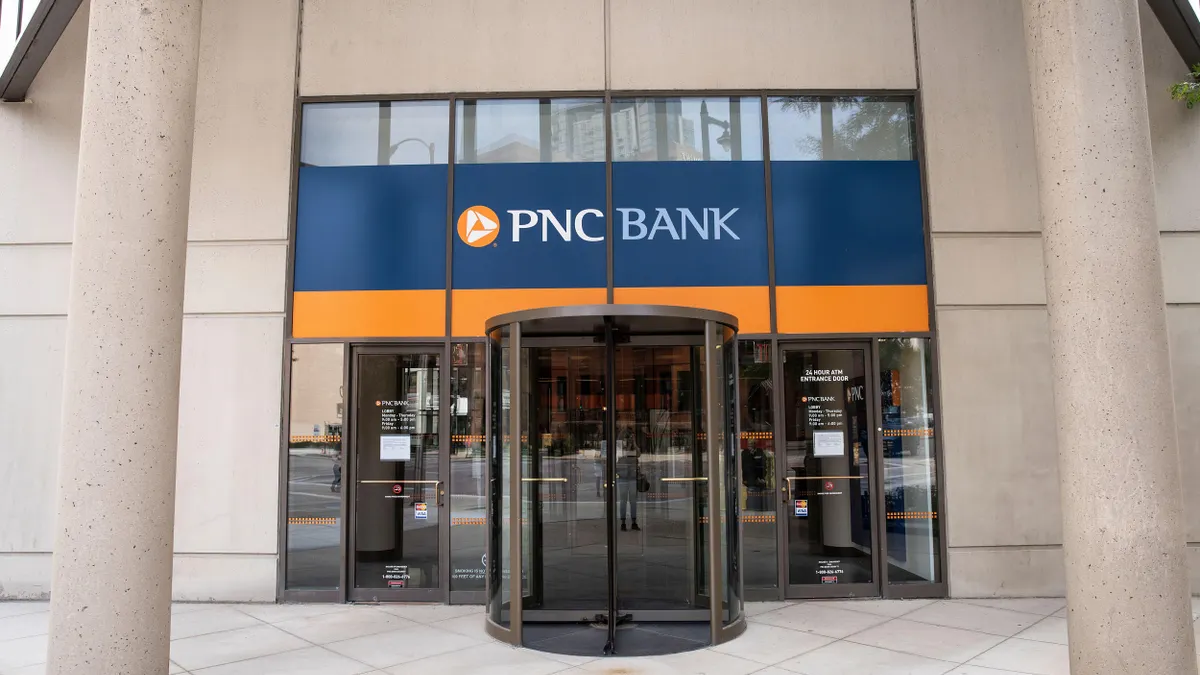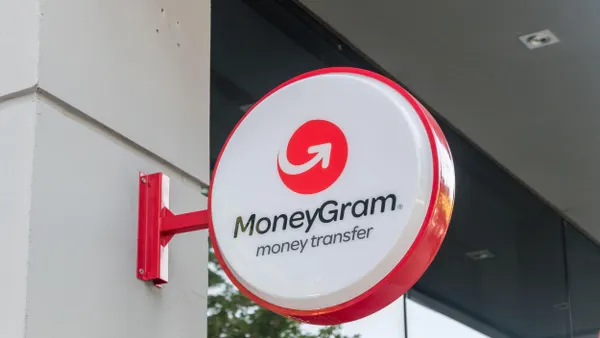Amid declining account numbers and the wind-down of some banking-as-a-service (BaaS) partnerships, Green Dot is focusing on technology transformation as it positions itself for growth, the company said.
“Our modern configurable technology platform will combine with our banking platform and money movement platform to offer partners and consumers unmatched capabilities and product offerings at market-leading low costs,” George Gresham, Green Dot’s CEO, who was appointed last month, said Wednesday during a third-quarter earnings call. “Our partner- and consumer-facing channels, retail, banking-as-a-service, direct-to-consumer and PayCard will eventually all pull from these capabilities in order to provide solutions for their particular market needs.”
Gresham suggested consumer demand for speed and efficiency of money movement was a growing opportunity for Green Dot, despite the headwinds the company faces.
During the same call, Green Dot also announced three executive appointments: Chris Ruppel as chief revenue officer; Jess Unruh as interim CFO; and Teresa Watkins as chief operating officer.
Gresham’s appointment last month positions the company for a new phase of technology modernization, said Amit Parikh, Green Dot’s executive vice president of banking platform services. Gresham has been a member of the company’s board since 2021 and has previously served as CFO and chief operating officer.
Green Dot’s BaaS ambitions have faced challenges in recent months: The company disclosed in August that “several” of its BaaS customers declined to renew their contracts. Green Dot disclosed in the same month that it’s in a dispute with ride-share company Uber Technologies, a contract customer.
Parikh, who declined to comment on the Uber dispute, suggested partner turnover stemmed from evolving needs and requirements of both parties.
“Depending upon the needs of the partner and our needs — that is … if a partner wants to take their company to x, and that is either not something we can provide or not something that's in our strategic direction, then both partners need to focus on what's going to be good for their business,” Parikh said.
Claudio Esposito, senior vice president and head of product at Stash, told Banking Dive last month that the investing app shifted away from a Green Dot partnership because it wanted “more control over the experience and more control over the infrastructure.” Stash in September rolled out a new core system in partnership with Stride Bank, Mastercard, Marqeta, Mambu and Alloy.
Tech modernization efforts Green Dot has in motion now include a move to a cloud-based core banking platform and card management system, Parikh said. The company announced in October 2021 that it was moving to a core banking platform from software provider Temenos, and Parikh confirmed the company was partnering with ACI Worldwide on card management.
With a cloud-based core and card management system, “you have a faster ability to deploy products, your speed of innovation increases [and] your speed to revenue increases,” Parikh said, noting that the new infrastructure will allow Green Dot to release new features and products faster.
Gresham, meanwhile, said Wednesday the company recently signed a large BaaS partner and launched earned-wage access with “one of the largest retailers in the United States.”
“These two noteworthy successes are in addition to the renewal and extensions of two important banking-as-a-service partners,” Gresham said.
As Green Dot chases more BaaS clients, however, a key obstacle it will face is meeting the needs of clients that demand products and features faster than ever before, said Alex Johnson, fintech analyst and author of the Fintech Takes newsletter.
“The advantage of working with a [company like] Green Dot is that you're working with a very mature partner, but the downside oftentimes is that their tech stack and ability to move quickly and keep up with the pace of the partners is a little bit more limited,” Johnson said. “I think what you're seeing is that the overarching dynamic in the [banking-as-a-service] space right now is prioritizing speed and tech stack over sort of the more intangible benefits of being a more mature experienced partner.”
Green Dot on Wednesday reported operating revenues of $343.7 million in the third quarter, up 1% year over year. GAAP net income during the same period dropped 36%, the company said.
Meanwhile, Green Dot reported 4.33 million active accounts across consumer and business-to-business segments, down 19% year over year. The company partly attributed this to government stimulus payments in the prior year.
Green Dot reported $158 million in revenue from business-to-business services in the third quarter, up 34% year over year.




















